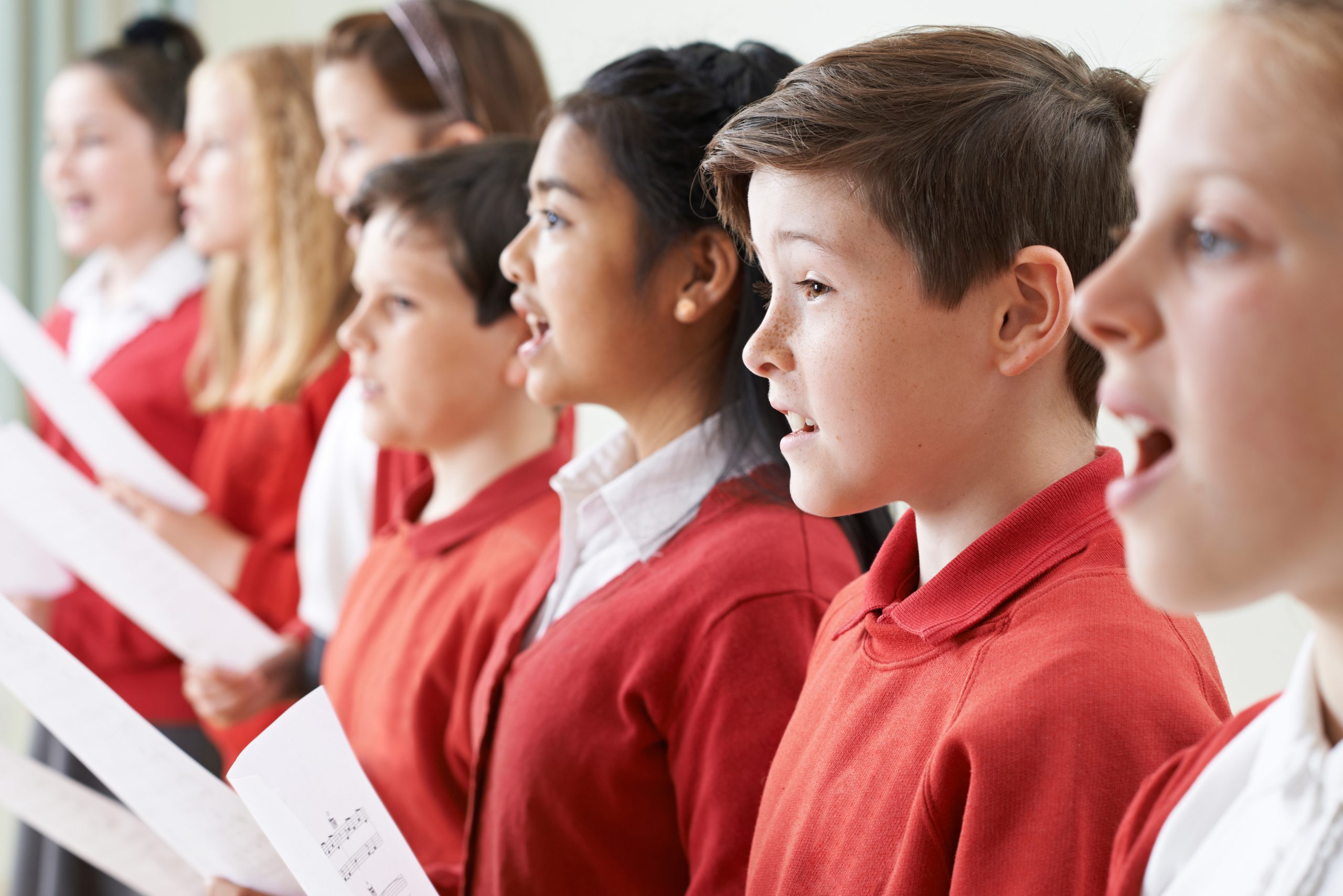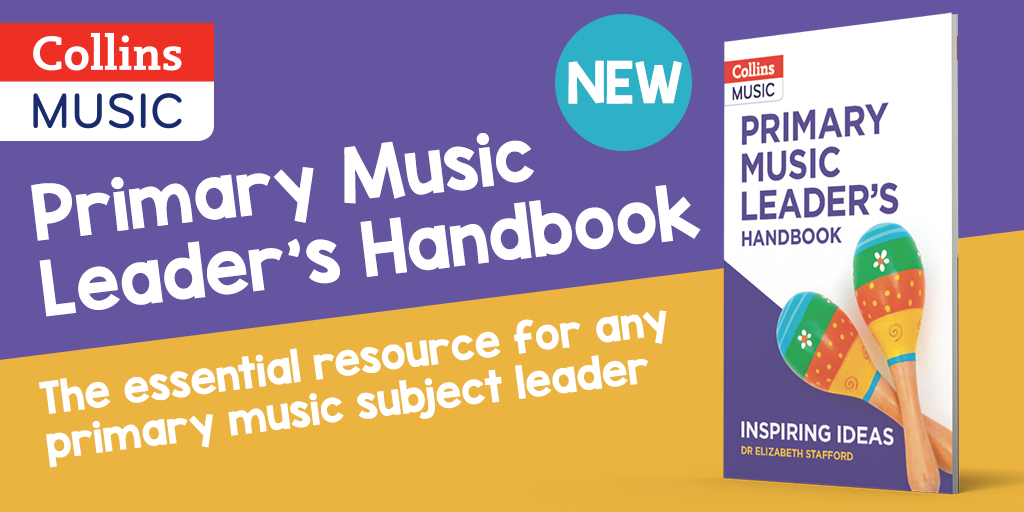Most schools in England are aware of the concept of ‘cultural capital’, defined by Ofsted as ‘the essential knowledge pupils need to be educated citizens, introducing them to the best that has been thought and said’. Taking our pupils on a journey of musical discovery through history’s greatest hits seems a commendable mission, but this can quickly become a much murkier issue to navigate.
What constitutes ‘cultural capital’?
In music, we need to think carefully about whose ‘best’ we promote in our drive to increase cultural capital levels. Classical music is often lauded as the highest form of music, and indeed many government ministers have made pronouncements about classical music being ‘better’ than other forms of music. The massive amounts of funding given to projects based on classical music further reinforce this messaging from on high.
However, classical music is emphatically not ‘the best’ style of music – it is just one style. You can’t objectively compare western classical music with Indian classical music, or western jazz with Indonesian gamelan, as this is like comparing something written in French with something written in Mandarin. The value of different styles of music is not objective, but rather is based on personal preference. Nonetheless, we do need to acknowledge that an appreciation of classical music is a form of cultural capital because it is tied into associations of class and social mobility. We cannot ignore the perceived value of classical music, even if we feel that this is based on shaky grounds!
How can we build an appreciation of cultural capital?
The good news is that most children are already using the music’s cultural capital as a form of social currency. They are making friends and finding their identity as social groups through mutual appreciation of music. A mutual appreciation of Beethoven is not driving this! Our pupils already know the cultural power of music, so it should be simple to harness this for our own aims, shouldn’t it? Perhaps not! Research shows that ‘open-earedness’ dips around the age of 10-11. Children become less unwilling to listen to anything that doesn’t fit their own perception of what ‘good’ music is. Our best chance of increasing pupils’ cultural capital then lies in the early and middle years of primary school.
Younger children are drawn to the expressive qualities of music. When attempting to increase their cultural capital, we can look for examples of music with strong narrative or image association. Try listening to Carnival of the Animals and move like, or draw, the animals represented in the music. From around the age of seven, children become more able to notice pure musical features, such as structure, dynamics and tempo. In early KS2 we have an opportunity to select and discuss musical examples which obviously feature of certain structural or expressive devices. As pupils enter into that danger zone of ‘closed-earedness’, we can link our musical examples to what they’re listening to. For example, Ed Sheeran uses motifs to great effect in his famous hits Shape of You and Shivers.
Variety is key
All UK curricula place emphasis on pupils experiencing a wide range of different musical styles and genres. We have already seen we cannot reliably rank or compare one kind of music against another. We should be looking for ‘the best’ examples within each style and genre to include in our curriculum. Give your pupils experiences that add to their social currency for later life. Find them a new musical passion that they will hold onto through that difficult ‘closed-eared’ phase!
It’s important to recognise that a knowledge and appreciation of the classical masters in later life might well be useful. But these will be few and far between! (Plus, anyone who judges you on your musical preferences is probably not worth your time in the first place!)
What’s far more important is our pupils’ ability to build self-identity and bond with others through their own musical preferences. The more music we introduce our pupils to, the more opportunities they will have to form these bonds with their peers, increase their social circles, and enjoy music together.
Dr Elizabeth Stafford is an internationally-recognised music education expert. She has over two decades’ experience as a primary music teacher in numerous school and local authority settings. She is the author of Primary Music Leader’s Handbook, the newest addition to the Collins ‘How to teach’ series of practical music teaching handbooks.




